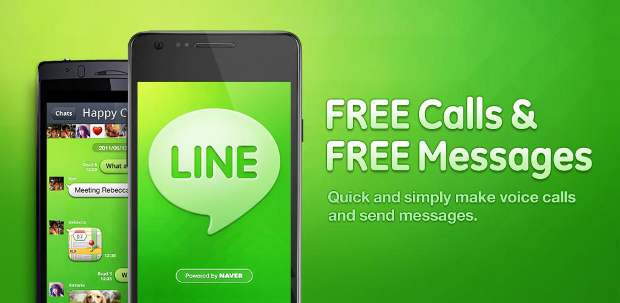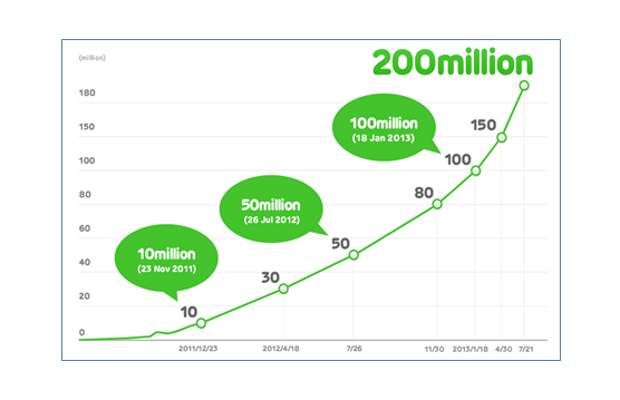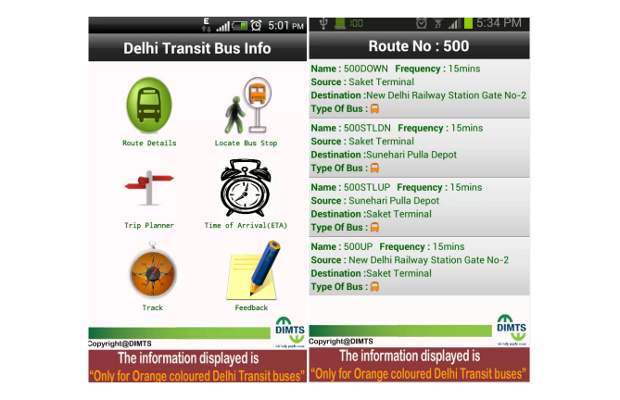Android 4.3
has officially been announced – it's been in the wild on Google Play Edition
devices for a while, but the unveiling was put off for today. So, what's new?
Well, 4.3 is a minor upgrade so it brings minor improvements and refines the
user experience, rather than delivering game-changing features.
Multi-user
support was introduced in 4.2 and it's updated in 4.3 with the new restricted
profiles. A restricted profile can limit what content and apps can be used –
even limit in-app stuff like what levels of a game can be played.
The suite of
stock apps has been updated - Hangouts now officially replaces Talk and Keep is
available out of the box. The Drive, Chrome and Maps applications have been
revamped too.
The way
Android handles notifications has been changed too. For one, you can view your
notification history. Also, third party apps have access to notifications,
which will help smart watches and apps that sync notifications across devices.
There are
plenty of changes under the hood too. OpenGL ES 3.0 is now supported (Google
presented impressive improvements in 3D game graphics) and the graphics stack
should be faster overall. For games, Google unveiled the Google Play Games app,
which lets you keep track of what your friends are playing and a leader board
of achievements in the game.
Android 4.3 now adds the autocomplete feature
in the dial-pad suggesting contact names or phone numbers when users start
keying-in something. This is not a new feature as OEMs like Samsung and HTC had
already introduced this feature on to their UI skins running on top of Android,
but devices running stock Android were missing it. Users can initiate the
feature by going to the app settings and enabling 'Dial Pad autocomplete'
Android Jelly Bean now supports corrections
to user inputs while signing-in to the device, the first time. This is due to
more streamlined user agreements. Now a user can change the information that
was keyed-in during the first boot of the device. Google has also introduced
faster user switching from the lock screen in case of multiple users.
One feature that Google
didn't formally announce is the new Emoji keyboard, which comes stock with the
OS and can be enabled through the Language & input menu under Settings.
Once enabled, you can long-press the spacebar key to pull it up and emote to
your heart's content.
Android 4.3 comes with an upgraded algorithm
for tap-typing recognition that makes text input easier while chatting via
messages or even while composing emails. It also brings a new emoji keyboard,
which we've previously seen in iOS. The update also adds lower latency input
for gamepad buttons and joysticks
Google has introduced native local language
support to its operating system for Africaans, Amharic, Hindi, Swahili and
Zulu. Hindi has finally reached the stock Android operating platform.
With
the update, Google has also added support for Hebrew and Arabic (right-to-left)
in the home screen, Settings, Phone, People, and Keep apps.
The "master
key" exploit patch has
been incorporated into Android 4.3, of course.
Bluetooth
4.0 with Low Energy mode (low power usage and longer range for low-bandwidth
accessories like those fitness tracking gadgets) is now supported in stock
Android. Before, each maker had to roll its own drivers. Also for Bluetooth,
AVRCP 1.3 is supported, meaning the phone can stream metadata about the
currently playing song to the wireless speakers (or your car's stereo).
Wi-Fi can be
kept on at all times to determine your position, even when you toggle it off.
A new
hardware-based encryption for DRM has been added so content providers will be
more willing to stream high-quality content. A new Netflix app is among the
first to make use of this and streams 1080p video (it's now available in the
Play Store).
An Android
4.3 update will be available on Nexus devices from the Galaxy Nexus up (4, 7,
10, you name it). Samsung Galaxy S4 and HTC One Google Play Edition will get
the update soon, too.
MY TAKE:
Google's Android department has done a nice job in keeping the new Android 4.3 JellyBean low-profile as many are excited for the Android 5 Key Lime Pie. There are a lot of improvements in the OS and it will be adopted by most of the high-profile cell phones. this performance-focused update says that Google is taking a slower development route, possibly to minimize fragmentation as device manufacturers play catch-up. If that is, in fact, what's going on, then the move, as unexciting as it is, might be better for all Android users in the long run.

























